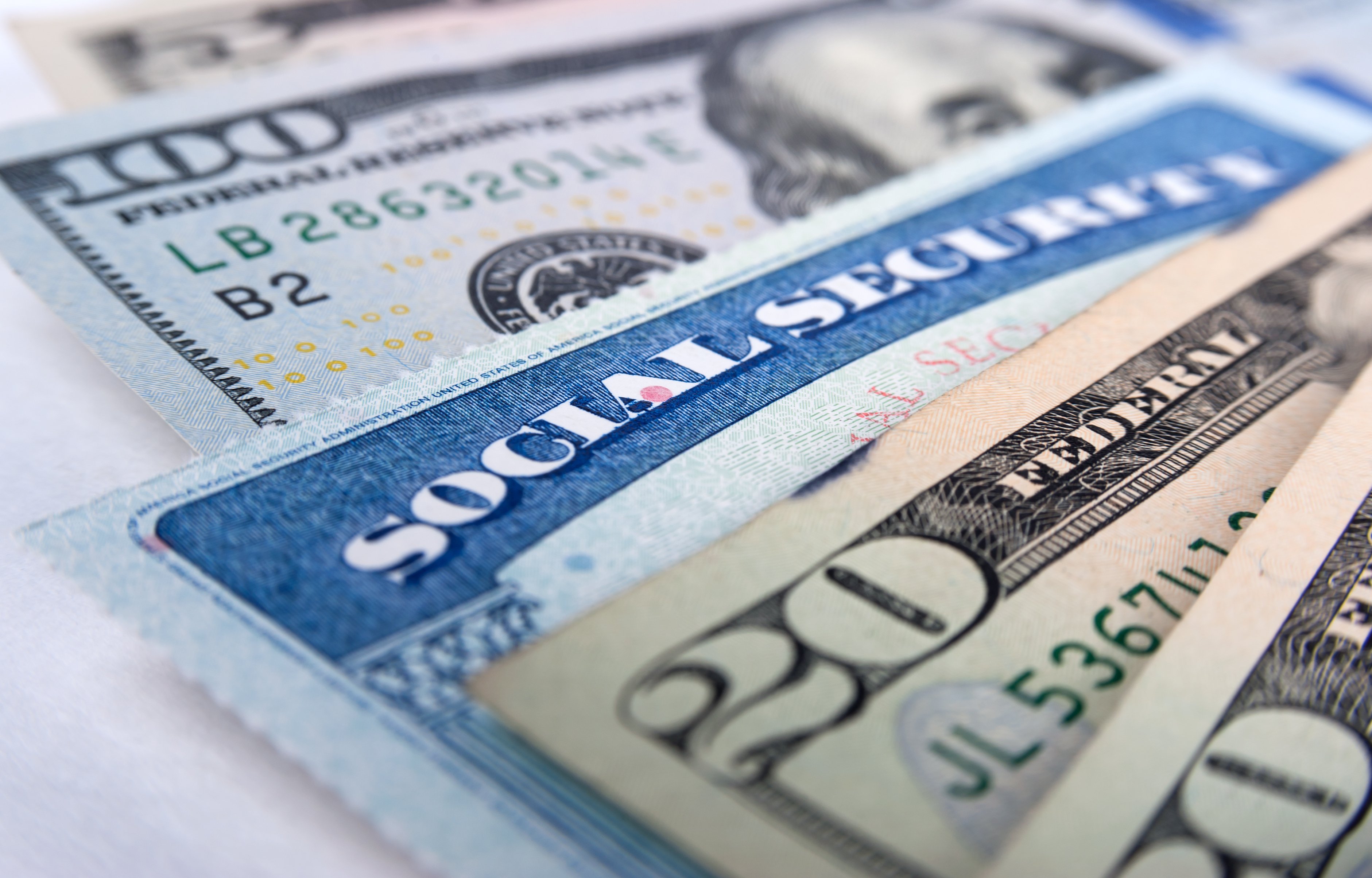Social Security is undoubtedly a financial pillar for our nation's retirees and long-term disabled. Each month, approximately 63 million benefit checks head out to eligible beneficiaries, and more than a third of these folks will use this income to pull themselves above the federal poverty level.
But Social Security is also a program that tends to get under the skin of retirees and working Americans alike for a variety of reasons.

Image source: Getty Images.
For example, the 2018 report from the Social Security Board of Trustees forecast that the program was facing a $13.2 trillion funding deficit between 2034 and 2092. It predicted that soon-to-begin net cash outflows, caused by a slew of demographic changes, would whittle away at Social Security's nearly $2.9 trillion in asset reserves over a 16-year period, ultimately resulting in the complete exhaustion of its excess capital by 2034. Should this excess capital disappear, Social Security would be in no danger of going bankrupt, but an across-the-board benefit cut of up to 21% may be needed to sustain payouts through 2092.
Today's working Americans and retirees are clearly frustrated with the lack of effort by lawmakers to resolve Social Security's imminent cash shortfall, despite knowing about said shortfall for no fewer than 33 years. But at the top of the list, you'd struggle to find a sorer subject among existing beneficiaries than the tax imposed on Social Security benefits over certain income thresholds.
The taxation of Social Security benefits is a serious moneymaker
In 1983, with the Social Security program facing a complete exhaustion of its asset reserves by the end of the year if nothing was done, the Reagan administration passed the last major bipartisan overhaul of the program. The Amendments of 1983 led to the gradual increase of the payroll tax and the full retirement age, and it introduced the taxation of benefits, which officially began in 1984.
Under the taxation of benefits, single taxpayers whose modified adjusted gross income, plus one-half of their Social Security benefits, surpassed $25,000 (or $32,000 for couples filing jointly) would have up to half of their benefits exposed to ordinary federal income tax. In 1993, under the Clinton administration, a second taxation tier was added that allowed up to 85% of an individuals' or couples' benefits to be taxed. The thresholds here were $34,000 for a single filer and $44,000 for a couple filing jointly.

Image source: Getty Images.
When these taxes were introduced in 1983 and 1993, they were only expected to affect about 10% to 20% of all households with seniors. However, neither of these thresholds has ever been adjusted for inflation, meaning that as time has passed, more and more beneficiaries are now exposed to this tax. A recently released analysis from The Senior Citizens League finds that 51% of senior households today report paying tax on their Social Security benefits.
Perhaps the most staggering fact of all is just how important the taxation of benefits has become to overall revenue collection. Between 1984 and 2017, $474.2 billion, in aggregate, was collected by the taxation of benefits. But over the next decade (defined as 2018 through 2027 in the trustees' report), the taxation of benefits is expected to generate $561.2 billion. In fact, by 2027, this tax could make up close to 6% of all revenue Social Security collects annually, according to the trustees' intermediate-cost model. Just a decade ago, it made up only 2.7% of all revenue collected.
Lawmakers have a problem on their hands
This certainly creates a bit of a dilemma for lawmakers.
On one hand, the public, and especially senior citizens, absolutely detest this tax. Removing the taxation of benefits would provide an immediate boost in monthly income for upper- and middle-income households. It would also remove the perception of double taxation on Social Security benefits, which only happens if you also live in one of the 13 states that tax Social Security benefits, and you earn over your state's income thresholds for the taxation of benefits.

Image source: Getty Images.
On the other hand, as unpopular as the taxation of benefits has become, it's generating revenue that the program simply couldn't do without. In 2018, the program's asset reserves increased by just $3.2 billion, which is the smallest net cash surplus since 1983. Without the taxation of benefits, Social Security would have seen its asset reserves decline by more than $34 billion last year. Likewise, ending this tax would mean saying goodbye to $561 billion in future estimated tax revenue over the next decade. This would almost certainly move the asset reserve depletion date forward from 2034.
Some folks have proposed a compromise, whereby the income thresholds for both tax tiers are updated to account for inflation over the past 35 years and 25 years, respectively. But even this isn't a feasible alternative. Updating these thresholds would cost the program billions of dollars annually and could, presumably, expedite the aforementioned asset reserve depletion date.
In other words, going with the public's opinion would temporarily increase the take-home pay for certain beneficiaries, but it would ultimately worsen the long-term outlook for Social Security. There's simply no easy solution here to a complex and growing problem.





